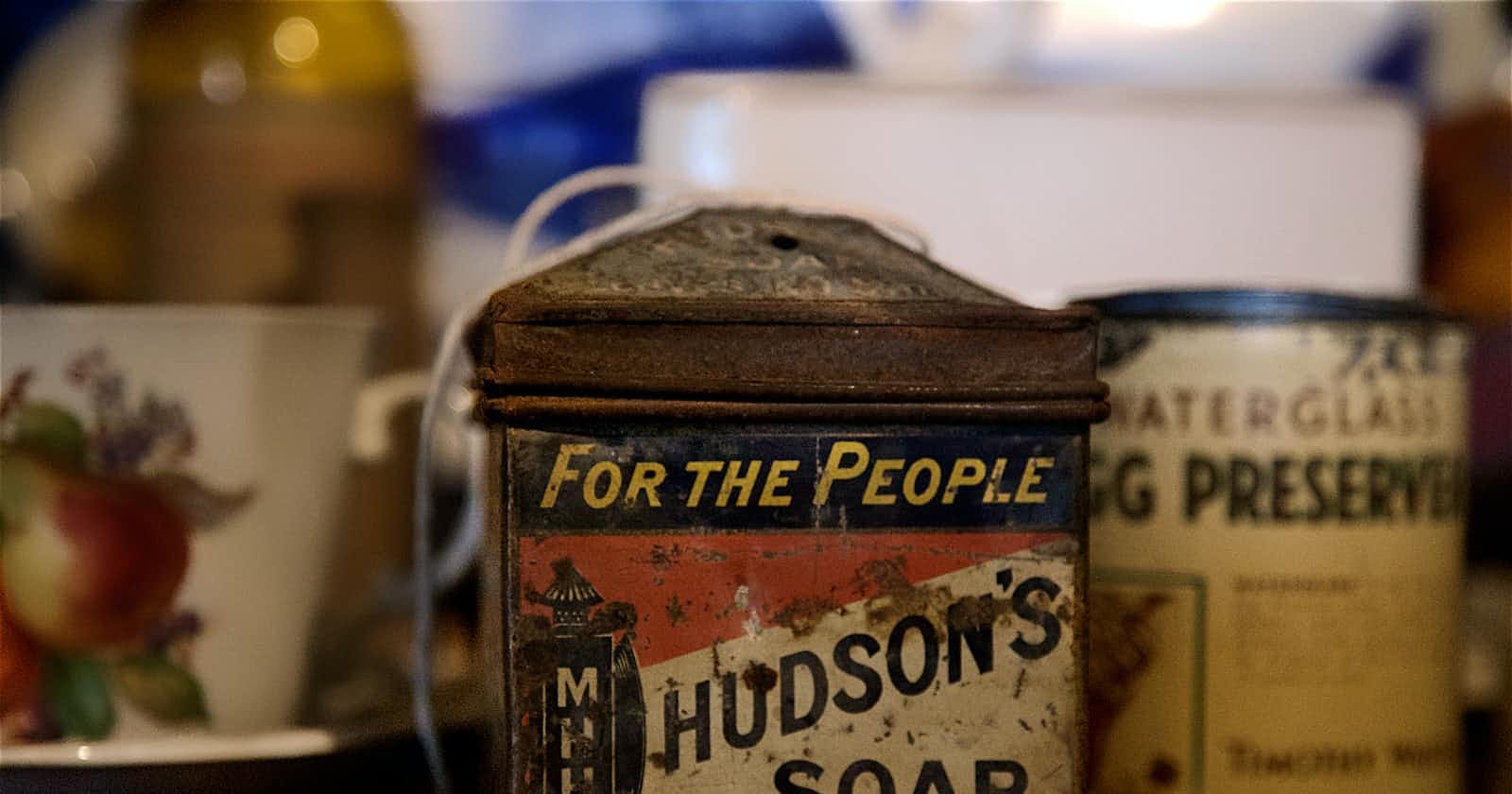A continuous integration system, like Jenkins, that is not created for project "outside java world", can be used today for many build activities. You can, for example, find plugin for iOS project CI build, android platform, python project, ...
Here I'll shown a way to use it to build RPMs in CI.
First think, for simplicity in Jenkins build script, I suggest you to use a Makefile for your project. Following an example created for the OpenSymbolic and Kermit projects.
TOPDIR = $(shell pwd)
DATE="date +%Y%m%d"
PROGRAMNAME=kermit-webui
RELEASE=0.0.3
TMPDIR=/tmp
BUILDDIR=build
all: rpms
manpage:
messages:
bumprelease:
#setversion:
build: clean
echo $(TOPDIR)
echo "- Create Changelog file"
git shortlog > changelog.txt
echo "- Create new $(TMPDIR)/$(BUILDDIR)"
mkdir -p $(TMPDIR)/$(BUILDDIR)
mkdir -p $(TMPDIR)/$(BUILDDIR)/$(PROGRAMNAME)
echo "- Copy existing Kermit sources"
rsync -raC --exclude .git . $(TMPDIR)/$(BUILDDIR)/$(PROGRAMNAME)
echo "- Remove useless files"
rm -Rf $(TMPDIR)/$(BUILDDIR)/$(PROGRAMNAME)/src/sqlite.db
echo "- Rename $(PROGRAMNAME) in $(PROGRAMNAME)-$(RELEASE)"
mv $(TMPDIR)/$(BUILDDIR)/$(PROGRAMNAME) $(TMPDIR)/$(BUILDDIR)/$(PROGRAMNAME)-$(RELEASE)
echo "- Compressing $(PROGRAMNAME) directory"
tar -czf $(PROGRAMNAME)-$(RELEASE).tar.gz -C $(TMPDIR)/$(BUILDDIR) $(PROGRAMNAME)/
echo "- Moving source package in dist dir"
mkdir -p ./dist
mv $(PROGRAMNAME)-$(RELEASE).tar.gz ./dist
clean:
-rm -rf dist/
-rm -rf rpm-build/
-rm -rf $(TMPDIR)/$(BUILDDIR)
clean_hard:
clean_harder:
clean_hardest: clean_rpms
install: build manpage
install_hard: clean_hard install
install_harder: clean_harder install
install_hardest: clean_harder clean_rpms rpms install_rpm restart
install_rpm:
restart:
recombuild: install_harder restart
clean_rpms:
-rpm -e kermit-webui
sdist: messages
new-rpms: bumprelease rpms
pychecker:
pyflakes:
money: clean
async: install
/sbin/service httpd restart
testit: clean
unittest:
rpms: build manpage sdist
mkdir -p rpm-build
cp dist/*.gz rpm-build/
rpmbuild --define "_topdir %(pwd)/rpm-build"
--define "_builddir %{_topdir}"
--define "_rpmdir %{_topdir}"
--define "_srcrpmdir %{_topdir}"
--define '_rpmfilename %%{NAME}-%%{VERSION}-%%{RELEASE}.%%{ARCH}.rpm'
--define "_specdir %{_topdir}"
--define "_sourcedir %{_topdir}"
--define "vendor Think"
-ba misc/specs/kermit-webui.spec
After the Makefile creation you can try to compile your project simply running make command in the folder where you have created the Makefile (usually the project root folder).
Now we can configure a new project inside Jenkins, that should be a free style project with a build step with execute shell configuration.

You can just put make and Jenkins will build the project. Here we have an example that will get created RPM and will update a local yum repository that will be uploaded on a server using ftp at the end of build step.
Now you have a Jenkins that will build a new RPM after any commit (or once a day, depending on your build configuration) and upload the new RPM on an online repository. Easy and working :)



